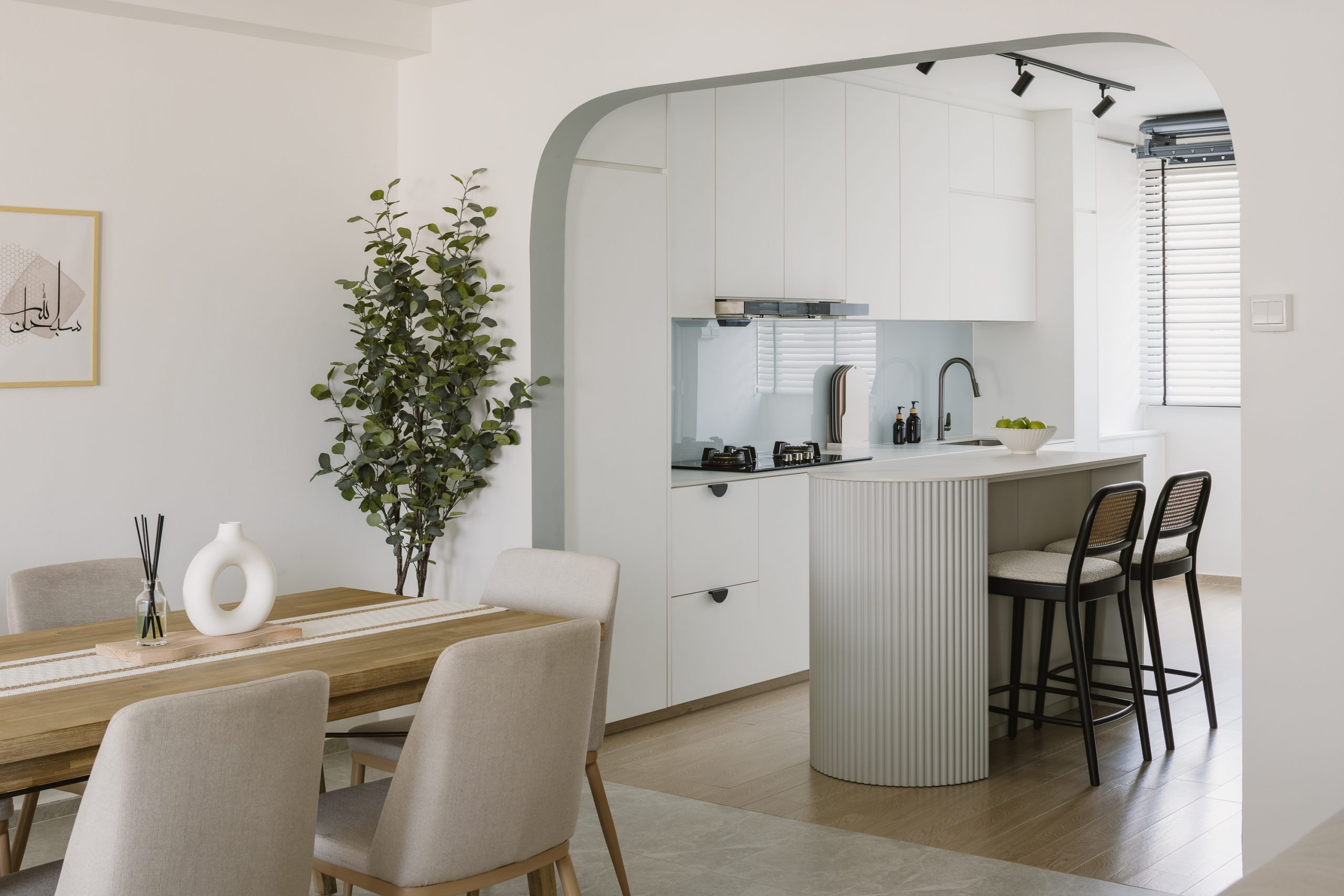Understanding Formaldehyde in Interior Design and Home Renovation in Singapore

The recent cases of high formaldehyde levels in newly renovated homes have stirred a rising concern among homeowners who are planning or are in the midst of renovating their spaces. As awareness of indoor air quality and its impact on health grows, many are seeking ways to ensure that their homes remain safe, comfortable, and free from harmful chemicals like formaldehyde.
What is Formaldehyde?
Formaldehyde is a chemical compound that is commonly found in building materials and household products. It is a colourless, pungent-smelling gas used in the production of resins that bind wood products, such as particleboard, plywood, and panelling. Formaldehyde may also be present in adhesives, coatings, paints, and varnishes, and is thus often used in home renovations.
The Issues with Formaldehyde
While formaldehyde is a versatile and commonly used chemical, it can pose significant health risks when its concentration exceeds safe levels. Prolonged exposure to formaldehyde can cause irritation of the eyes, nose, and throat, and may lead to respiratory issues such as asthma and dermatitis for some. High levels of acute exposure have also been linked to certain types of cancer, making it a concern for both homeowners and professionals in the interior design and renovation industry.
In Singapore, the tropical climate can exacerbate the release of formaldehyde from materials. Off-gassing, the process by which gaseous pollutants like formaldehyde are released into the air, occurs and is worsened with high temperatures and humidity. This can lead to indoor air pollution in the home, which will negatively affect the health of occupants.
Government Regulations on Formaldehyde
The National Environment Agency (NEA) has announced that from 1 January 2026, interior paints containing formaldehyde will not be allowed for sale in Singapore. Additionally, NEA is also reviewing the potential regulation of formaldehyde levels in composite wood products and adhesives.
Ways to Ensure Low Levels of Formaldehyde
At The Interior Lab, we understand that safety and health takes precedence. While we prioritise both aesthetic and functional home interiors, we do not compromise on other aspects. Faced with the concerning health risks of formaldehyde exposure, we are taking a proactive approach to ensure that our renovation works minimise formaldehyde emissions. Let us share 3 actions that we have been taking to reduce formaldehyde exposure in your home.
1. Adopting Low-Formaldehyde Materials
At The Interior Lab, we are committed to sourcing for materials that are low in formaldehyde. This includes engineered wood products like plywood, as well as paints and varnishes used in home interiors. By adopting materials that have low levels of formaldehyde with low emission, we can ensure that off-gassing is minimised and does not affect the health of occupants.
2. Testing And Certification
As carpentry can be one of the main contributing factors to formaldehyde emissions, our firm offers the use of Ecoply or E0 wood for carpentry. With Ecoply wood, the firm offers their own testing and certification to measure formaldehyde emission from within the built carpentry. Should E0 wood be used, our firm can assist to obtain the certification from the source instead.
For varnishes, our firm also ensures only water-based varnishes and finishes are used in the home renovation process, as these are low-formaldehyde options for the home.
3. Enhanced Ventilation and Air Quality Control
Proper ventilation and airflow through the home are one of the key factors taken into consideration in our designs. This is important as good airflow is essential for reducing indoor pollutants, including formaldehyde.
A Healthier, Safer Home for You
Our commitment to low formaldehyde levels is part of our broader mission to create beautiful, functional spaces that enhance the well-being of those who live and work in them. That way, we can work together to craft a safe space for you and your family to live in for years to come.
CONSULT OUR DESIGNER
-
4 December 2025 TIPS & GUIDES
HDB Interior Design Rules You Might Be Breaking Without Knowing (And How to Fix Them)
-
4 December 2025 TIPS & GUIDES
Selecting an Interior Designer for Luxury Interior Design
-
4 December 2025 TIPS & GUIDES
6 Essential Functional Considerations in Renovation Interior Design You Don’t Want to Overlook
-
4 December 2025 TIPS & GUIDES
Top 10 Ways to Personalise a Templated Condo Interior Design
-
11 November 2025 TIPS & GUIDES
Future-Proofing Your Home: Designing for the Years Ahead
-
6 November 2025 DESIGN INSPIRATIONHOME TOUR
Reignwood Hamilton at Scotts: A Redecoration Project

